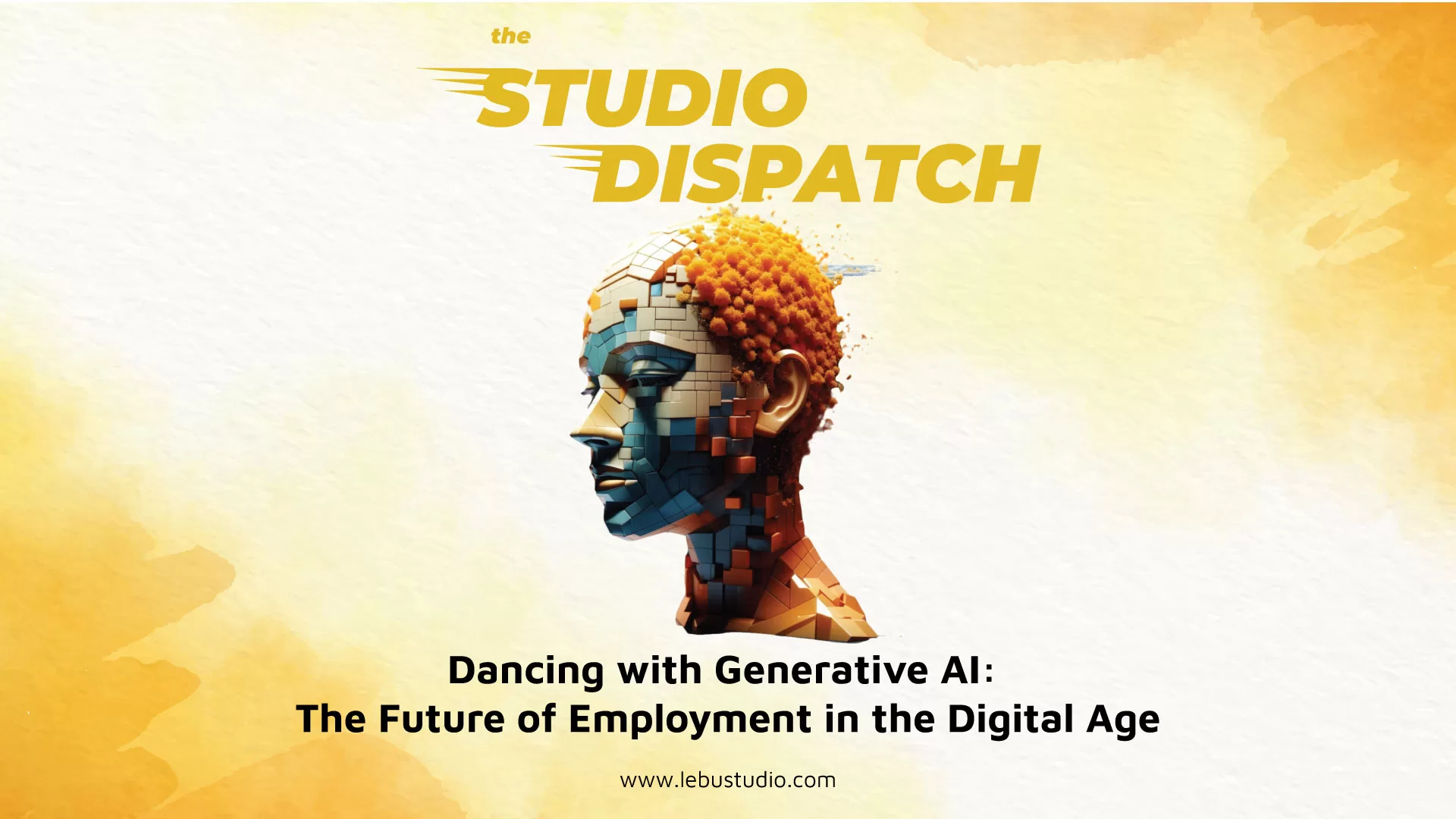
Introduction
The future of work is a topic that has generated much debate, especially with the rapid advancements in Artificial Intelligence (AI). While some envision a dystopian world where robots have usurped humans in the job market, a recent study by the International Labour Organization (ILO) offers a more optimistic outlook. Titled “Generative AI and Employment: A Worldwide Analysis of Potential Impact on Job Quantity and Quality,” the study suggests that Generative AI technologies, like chatbots and intelligent automation tools, are more likely to enhance jobs than replace them.
In this blog post, we’ll delve into the key findings of this ground-breaking study and discuss what it means for the workforce of tomorrow.
The AI Tango: A Dance of Collaboration
The study finds that most occupations will only face partial automation. This means that rather than completely taking over job roles, AI is more likely to work alongside humans, automating specific tasks while leaving the more complex, creative work to us. It’s akin to a futuristic tango where AI complements, rather than supplants, human capabilities.
Who’s Leading the Dance? Jobs Most Affected by AI
Clerical work appears to be most susceptible to automation, with about one-quarter of tasks within this category highly exposed to technological advances. Other occupational groups like managers, professionals, and technicians are less impacted, facing only a small percentage of high-exposure tasks.
The Global Stage: High-Income vs. Low-Income Countries
The study also highlights the varying impact of AI across different economic backgrounds. High-income countries seem to be more at risk, with 5.5% of their total employment under potential automation threat. In contrast, low-income countries face less risk, with only about 0.4% of jobs at stake. However, the opportunity for job enhancement is almost evenly distributed across nations, signalling a potential boon for developing economies.
The Gender Twist
Interestingly, the study points out that female employment is more than twice as likely to be affected by automation, mainly due to the overrepresentation of women in clerical roles. As we strive for gender equality, this is an aspect that deserves attention in policy-making.
How to Prepare for this AI Revolution?
1. Worker Engagement: Employee voices must be heard in the decision-making processes surrounding AI integration.
2. Skills Training: Investing in skills development is crucial for keeping pace with technological changes.
3. Social Protection: Adequate safety nets need to be in place to mitigate any negative impacts.
Conclusion
The ILO study makes it clear that the outcomes of this technological shift are not set in stone but depend on how we manage its integration. It’s not just about who can master the fanciest dance moves; it’s about ensuring everyone enjoys the performance. By implementing inclusive policies, offering adequate skills training, and setting up social protection mechanisms, we can choreograph a future where both humans and AI thrive.
So as we twirl into this new era, let’s remember: the success of this grand spectacle depends on our collective ability to tango with technology while keeping our humanity in rhythm.
For a deeper dive into the study, you can
read it(https://www.ilo.org/global/about-the-ilo/newsroom/news/WCMS_890740/lang–en/index.htm).
To learn
more about how to integrate AI into your studio workflow, reach out to us at

Thanks for sharing. I read many of your blog posts, cool, your blog is very good.
Can you be more specific about the content of your article? After reading it, I still have some doubts. Hope you can help me. https://www.binance.com/join?ref=P9L9FQKY
Thanks for sharing. I read many of your blog posts, cool, your blog is very good. https://accounts.binance.info/register?ref=P9L9FQKY
Your point of view caught my eye and was very interesting. Thanks. I have a question for you.